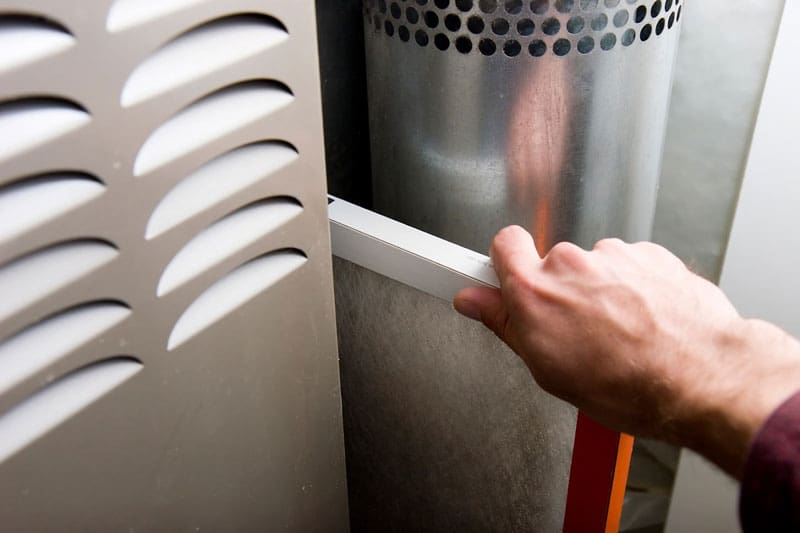
As a homeowner, you must ensure that your furnace is in good working condition. Not only will a functional furnace ensure that your home stays warm and comfortable during the colder months but can also help prevent costly repairs down the line.
One way to ensure that your furnace runs efficiently and effectively is to hire a professional heating, ventilation, and air conditioning (HVAC) technician. In this blog, explore a checklist of items that a technician will likely cover during a furnace inspection.
Burners
The technician will remove the burner assembly and clean it. The burners accumulate soot and condensation from continued use, which can inhibit their functionality. Also important in the burner assembly is the flame sensor. The flame sensor detects the presence of a flame in the burner assembly.
The professional will check if the flame sensor can notice the pilot light when lit. If it does not, they can either clean it together with the other burner components or replace it if cleaning does not fix the sensory issue.
Filters
Filters are the primary purification system in your HVAC setup. The technician should check the cleanliness of the filters and the filter compartment. They will replace the dirty filters with a fresh batch and clean the compartment to remove dirt and debris.
Typically, change your filters at least every three months, but consider a two-month change if you have pets and one month for a household where a family member has allergies.
Air Duct and Venting
The air ducts and venting provide the necessary airflow for the furnace’s operations, either to circulate air throughout the house or provide the furnace with sufficient air to maintain the flame.
The furnace maintenance professional will analyze the exterior surface of the vent connector pipes for damage, like water corrosion, cracks, and improper condensation. These signs will highlight structural issues with your venting and require repairs to maintain the integrity of the furnace system.
Also, the technician will check and clean the air ducts to remove dirt, debris, and mold that can cause respiratory issues.
Gas Line
For gas furnaces, the technician must check the lines to ensure that a leak does not compromise the pipes. Hissing sounds and a scent of propane in the air are bad signs, as a gas leak is a health and fire hazard. The technician will assess the line further to find out the leak source and fix it immediately.
Blower
The blower circulates air in the furnace, which allows the hot air created in the burner to reach the heat exchanger. The fans in the blower motor should circulate freely and with minimal strain. Also, the technician will check the blower motor fans and bearings and possibly add lubricant to ensure the fans operate well.
Heat Exchanger
The heat exchanger must maintain a constant and adequate airflow to prevent overheating. Thus, the technician should evaluate the Delta T based on manufacturer standards to check for airflow problems. Also, the professional can check for cracks and other damage that might leak air out of the exchanger.
Drains
The professional will inspect and flush the drains for any moisture and condensation buildup that can affect proper combustion.
Sensors
Carbon monoxide sensors inside the furnace and smoke detectors outside work in coherence to reduce the chances of carbon monoxide poisoning. Thus, the technician can help you replace the batteries if the ones inside the sensors are older.
Electrical Controls
The control board contains wires and switches that you use to operate the furnace. The technician will assess the integrity of the control board and other electrical components like the junction box for loose connections that can create an electrical hazard.
Thermostat
The thermostat regulates the temperature your furnace outputs to the room. Proper calibration ensures that the thermostat maintains the temperatures you want and can even save you on energy bills. The technician will check the thermostat’s accuracy and adjust it accordingly to improve its measurement and control capabilities if they have degraded.
Contact us at Steele Brothers Heating, Inc., for furnace inspection, maintenance, and repairs.
